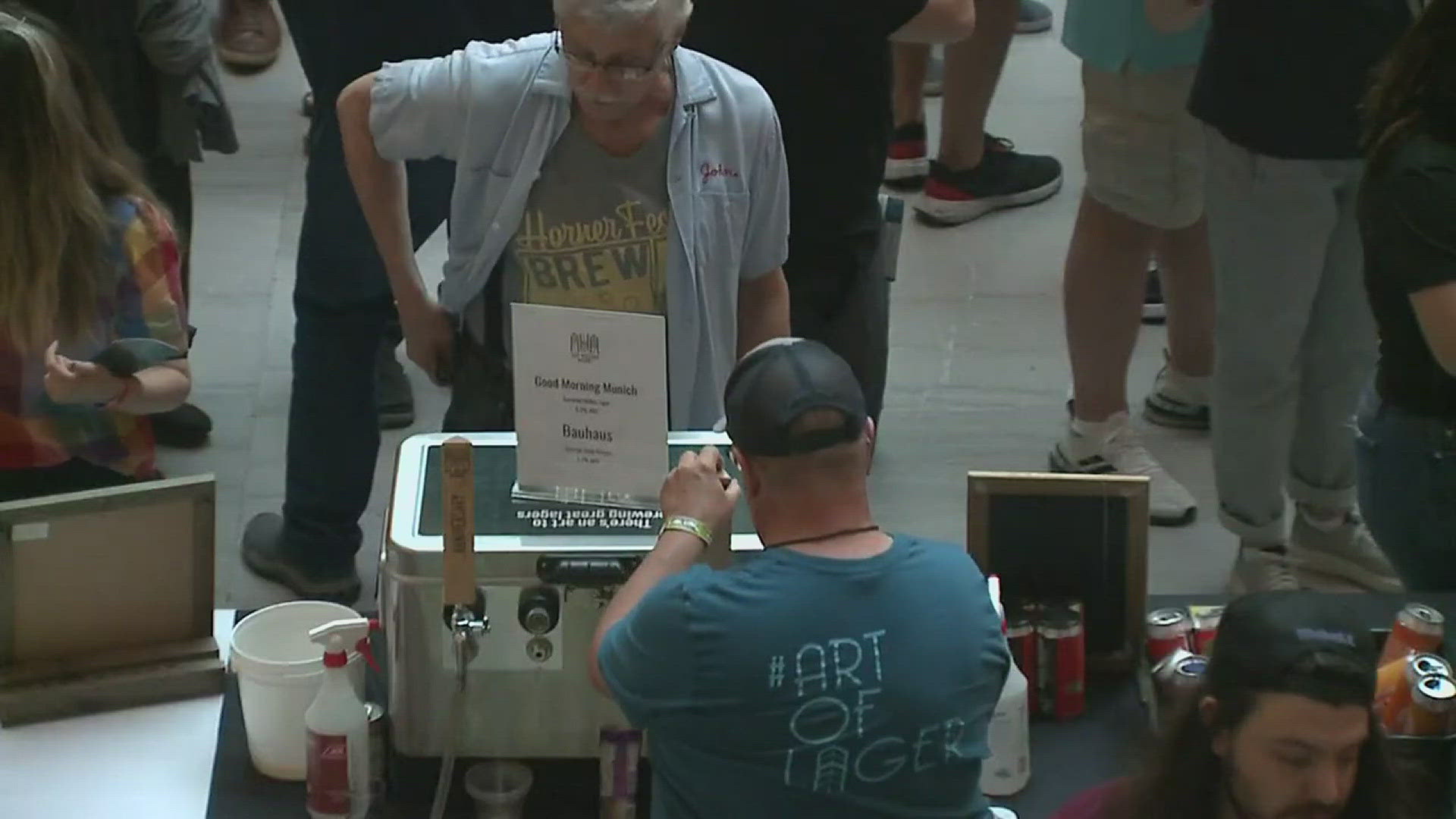(CNN) — Walk into any supermarket lately and you’ll find mochi — a small, round ball of ice cream encased in rice dough.
In just the past three years, this finger food confection has evolved from an exotic niche dessert to a mainstream product, popping up nearly everywhere, including malls, street fairs and major supermarket chains.
Mochi ice cream was invented in the US nearly three decades ago, and was originally made using ice cream flavors with an Asian flair.
“It’s been around since the 1990s, but mochi ice cream was mostly available in specialty Asian food stores or on menus of Japanese restaurants in flavors like green tea, red bean and mango,” said Russell Barnett, a food industry veteran and chief marketing officer of California-based My/Mo Mochi.
To help bring it to the masses, My/Mo created a flavor list most consumers felt instant familiarity with, such as chocolate sundae, S’mores, cookies & cream, strawberry, double chocolate and mint chocolate chip.
“I grew up eating vanilla, chocolate and strawberry ice cream. Green tea and red bean weren’t a common part of the flavor profile in most households,” he said.
Barnett recognized the inherent appeal of mochi ice cream to Millennials, a group he calls “a snacking generation.” Mochi is a portion-control snack of about 110 calories per ball, easy to hold and eat on the go. “We just retooled and adjusted it for today’s consumers,” he said.
The My/Mo Mochi brand launched in 2017, two years after Barnett joined the company after leaving his job as CMO of bottled water company JUST Goods.
My/Mo Mochi ice cream (which is gluten free and some varieties are dairy free) is produced at a manufacturing facility in Los Angeles and sold in packages of six. They’re also sold individually in portable freezers that Barnett calls self-serve “ice cream bars.”
My/Mo Mochi is now available in 20,000 stores nationwide. “We are in Target, Kroger, Walmart and everything in between,” said Barnett. “We are reaching the masses where they shop.”
Competing mochi ice cream brands include Bubbies, Maeda-En and Mr. Mochi, but the My/Mo Mochi brand has captured close to 90% of market share, according to data from Nielsen. The company declined to give annual revenue, but said 2019 retail sales of the brand were $175 million.
Made in the USA
Despite its Asian roots, mochi was actually born in Los Angeles.
“Most people don’t know that mochi ice cream was created in America,” said Barnett.
In the early 1980s, Frances Hashimoto and her husband, Joel Friedman, were running Mikawaya, Hashimoto’s fourth-generation family bakery business in LA, which sold Japanese pastries and desserts.
Around that time, Friedman took a trip to Japan where he tried a local confection — a round rice flour cake filled with a sweet bean paste.
“That treat stuck with me. I remember thinking it was a cute idea but something wasn’t quite right about it,” said Friedman, now 72.
He told Hashimoto about it. “We were already making pastry with mochi, which is rice dough. So we thought, why not make a treat like what I had in Japan. But instead of filling it with bean paste, we’ll put in ice cream.”
After 10 years of research and testing, the couple found the right formula, and mochi ice cream was born.
Mikawaya started selling mochi ice cream in flavors like green tea, red bean and mango in 1994, primarily to Asian food stores and restaurants. They eventually expanded distribution to Kroger, Safeway and Trader Joe’s. Ultimately, their mochi ice cream grew to become the most profitable part of the company.
The ice cream was generating “tens of millions” in annual revenue by the time Hashimoto passed away in 2012. Friedman, who took over the family firm, sold it to California-based private equity firm Century Park Capital Partners in 2015, which closed down the bakery and focused on building the mochi ice cream business.
Chip Roellig, managing partner with Century Park Capital Partners, declined to disclose the purchase price.
“When we bought it, their mochi ice cream was in less than 1,000 stores. It was a great product that 80% of consumers had never heard of,” said Roellig. “So we changed the company name, hired the right sales and marketing people, and invested in branding and distribution. Today, My/Mo Mochi is the leading brand.”
Darren Seifer, a food and beverage industry analyst with market research firm NPD Group, said mochi ice cream is bringing much-needed energy to the freezer aisle.
“The ice cream category has been on a decline the last few years,” he said. “Consumers want to see something different. Mochi is different. It’s still ice cream but it’s taking it in a new direction.”
While his former company is no longer a family-run business, Friedman is proud of how popular his creation has become.
“It’s taken 25 years for mochi ice cream to become an overnight success,” said Friedman. “It makes me so happy to see how much people are liking it.”
Correction: An earlier version of this story said My/Mo Mochi had annual revenue of $175 million in 2019. The brand’s annual retail sales were $175 million in 2019. The company declined to disclose annual revenue.



